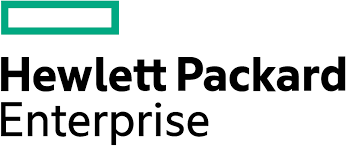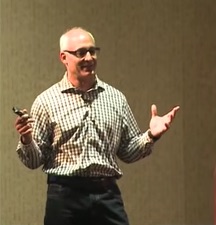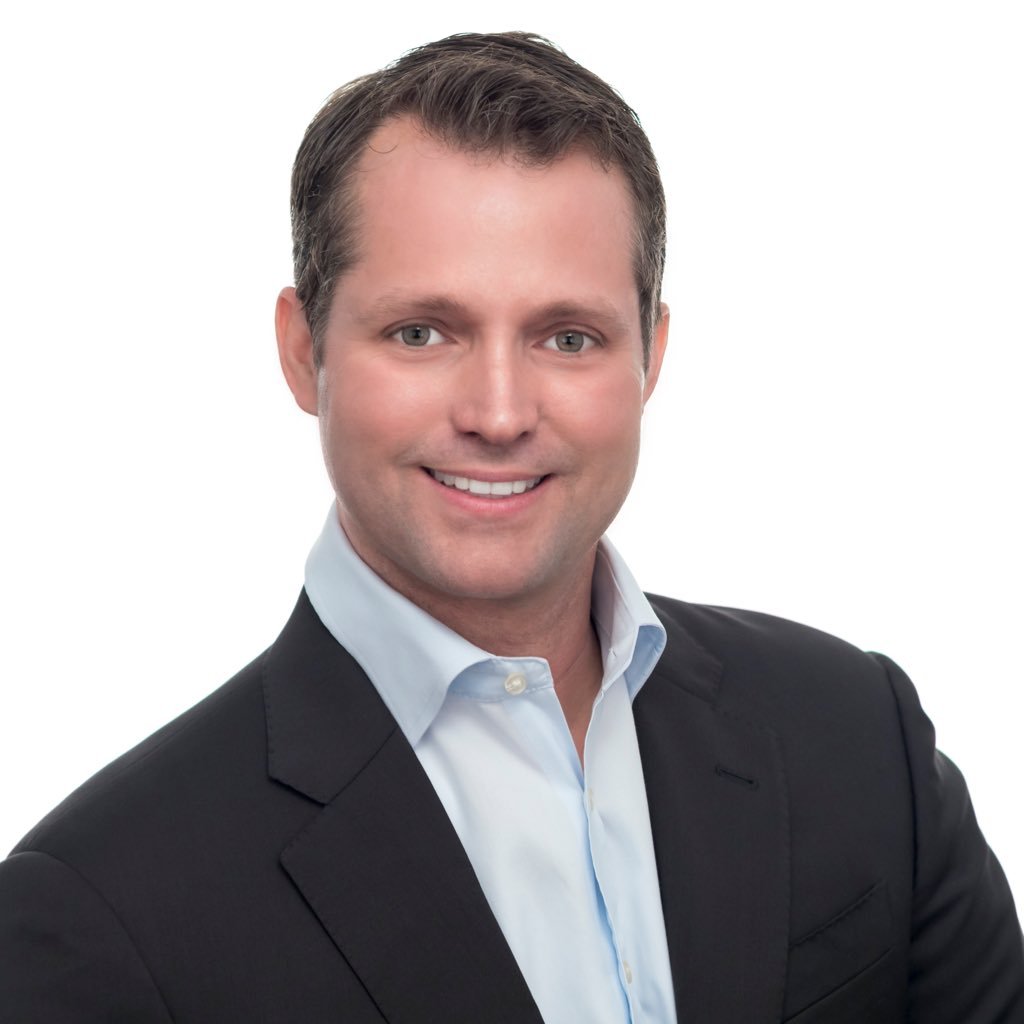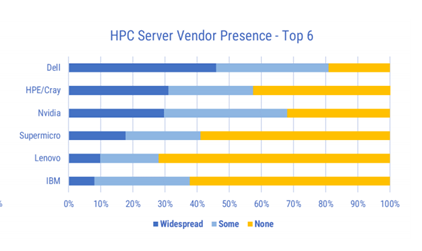 HPE and Dell, engaged in a neck-and-neck struggle for superiority in HPC servers, also are engaged in a reshuffling of their HPC leadership teams that may reflect similar visions of HPC’s evolving position across IT.
HPE and Dell, engaged in a neck-and-neck struggle for superiority in HPC servers, also are engaged in a reshuffling of their HPC leadership teams that may reflect similar visions of HPC’s evolving position across IT.
Last week, we reported on Dell’s newly installed HPC management group following the departure in early February of Thierry Pellegrino, Dell’s former VP/GM of HPC. Now HPE, in a blog post from CEO Antonio Neri issued late yesterday, has announced the departure of a prominent HPC industry figure Pete Ungaro, who became the company’s SVP/GM, High Performance Computing and Mission Critical Solutions upon HPE’s 2019 acquisition for $1.4 billion of Cray, where Ungaro had been CEO since 2005.
HPE’s new HPC leader will be Justin Hotard, who will report directly to HPE CEO Antonio Neri while also managing HPE Labs, the company’s research and development arm. Hotard joined HPE in 2015 and has taken leadership roles in several HPE initiatives, including HPE’s everything-as-a-service strategy announced last year (see “HPE Launches HPC-as-a-Service via Greenlake Cloud Platform”). He also reportedly helped drive HPE’s purchase of HPC systems maker SGI in 2016. Previously, he was president of HPE Japan.
“Undoubtedly, Justin is the right person for the job—and at an ideal time in the evolution of our HPC, MCS and Labs business,” said Neri. “His customer- and market centric-mindset, technical background, and collaborative leadership will ensure great continuity as we deliver on our Exascale commitments, execute on our strategy and roadmap and continue to extend our leadership in the market. Bringing Justin onto my leadership team will help us further our momentum and broaden our innovation engine as we deliver on our promise of becoming the edge-to-cloud platform-as-a-service company.”
According to an article in CRN, Ungaro will stay on as a special advisor under a six-month consulting arrangement that pays him a monthly fee of $150,000 with the potential for $315,000 more in incentives. Steve Conway, senior adviser, HPC Market Dynamics, at HPC industry analyst firm Hyperion Research, said the management change is not surprising.

Pete Ungaro
“I’m assuming that this was the arrangement to begin with when Cray was acquired by HPE,” Conway said, “that Pete would stay for an interim period of time … to help with the integration of the two companies and to keep the sales going, and so forth. So I assume that he has something he wants to do next already lined up.”
Both HPE and Dell have replaced well-known figures in the HPC community with executives who have broad backgrounds outside of HPC, along with HPC-related experience. For both companies, the selection of new HPC leadership likely reflects HPC’s broadening role in the enterprise.
“I think not just at those companies (HPE and Dell) but also companies like IBM that have new, not necessarily HPC, people, I think all of the HPC companies are adjusting to HPC moving into newer areas, most particularly cloud computing and edge computing,” Conway said.

Justin Hotard
Dell’s news HPC leadership group is comprised of Pete Manca, SVP for integrated solutions engineering; Caitlin Gordon, VP of product management, Integrated Solutions; and Ihab Tarazi, SVP CTO Office, Integrated Solutions and Technology Ecosystems. Manca’s previous tenure in HPC was as vice president of software engineering at Hitachi from 1990 to 2000, at which supercomputing came under his purview. He then spent 18 years with cloud company Egenera before joining Dell and had SVP/GM roles in the company’s converged and hyperconverged infrastructure business. Gordon joined Dell in 2005, rising to VP product marketing for Dell’s storage and data protection portfolio last year. Tarazi joined Dell in 2019 as SVP and CTO, Networking and Solutions. Previously he had been CTO at Packet Host and at Equinix, and was VP of engineering and technology at Verizon.
“I think what has happening at the same time with all of these companies, not just the ones that are getting new HPC leadership, is the importance of cloud computing and the importance of edge computing,” Conway said, “and its connection to both on-premises HPC data centers and cloud.”

source: Intersect360; March 2, 2021
The stakes are high for HPE and Dell in HPC servers, a sector that Hyperion projects to grow at a nearly 9 percent CAGR and reach $21 billion by 2024. Yesterday at an HPC market update from analyst firm Intersect360, CEO Addison Snell said Dell is in the top spot for HPC servers according to its latest survey of HPC sites across multiple commercial and government sectors internationally. Intersect360’s results showed Dell servers in “widespread use” at 45 percent of the surveyed sites, and in “some use” at about 30 percent of the surveyed sites. Meanwhile, according to the firm, HPE-Cray servers are in widespread use at 31 percent of the sites and in some use at another 26 percent.
Meanwhile, Hyperion places HPE ahead of Dell for HPC server revenues, $5.1 billion versus $4.8 billion in 2019, respectively, reflecting in part HPE-Cray’s strategic emphasis in the pricey, supercomputing sector.
The company has announced major contract wins and installations in recent months, including at Sweden’s KTH Royal Institute of Technology, weather forecasting supercomputers for the U.S. Air Force and the National Center for Atmospheric Research, a $48 AUD million system at Australia’s Pawsey Supercomputing Centre, and “Chicoma,” a supercomputer installed at Los Alamos National Lab.
Meanwhile, HPE-Cray is either the prime contractor or has major technology contributions to the U.S. Department of Energy’s upcoming exascale systems to be installed at Oak Ridge National Laborary, Argonne National Laboratory and Lawrence Livermore National Laboratory, starting later this year.



